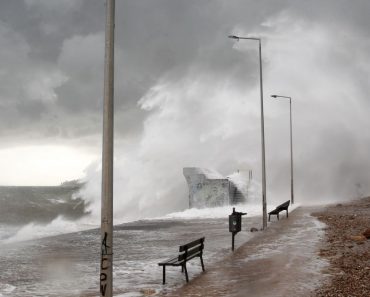Capital Ship Management Corp and FORCE Technology have partnered up to create Europe’s first Extended Reality (XR) Full Mission Bridge simulator, designed to support maritime training.
The simulator will be housed at Capital Group’s state-of-the-art training facility at the port of Chios Island in Greece, which is slated to open in 2025.
Designed to enhance seafarers’ skills, this modern center of excellence reinforces Capital Group’s dedication to innovation, sustainability, and maritime leadership.
“This project underscores our steadfast dedication to driving innovation and excellence in maritime training, with a strong focus on safe and sustainable operations.
“By embracing cutting-edge XR technology, we are empowering our seafarers to meet the dynamic challenges of the maritime industry, while reinforcing Greece’s position as a leader on the global maritime stage,” said Panagiotis Drosos, Chief Operations Officer of Capital Ship Management Corp.
Leveraging over 50 years of FORCE Technology’s experience in simulation systems, the training equipment incorporates advanced XR headsets with features like eye tracking to deliver focused, efficient, and highly realistic training.
“Our new SimFlex simulator sets a new benchmark for operational training. By embedding real vessel equipment into a virtual bridge environment, we provide an unmatched experience of precision and immersion. This technology also enables global teams to train together in shared scenarios, unlocking exciting possibilities for collaboration,” added Stelios Koukouvios, Global Business Development Manager at FORCE Technology.
The system’s design features a fully green-screened environment, integrating real bridge equipment supplied by FURUNO Hellas – such as the latest models of ECDIS (FMD-3005), Autopilot (FAP-3000) and Chart Radar systems (FAR-3xx5) – with a high-fidelity virtual landscape. This seamless integration creates a realistic and immersive training experience.
In addition to its technical innovations, the XR simulator minimizes environmental impact by reducing energy consumption and the need for travel. It offers flexible remote training options, thus reshaping maritime training and aligning technological innovation with sustainability and global connectivity.






